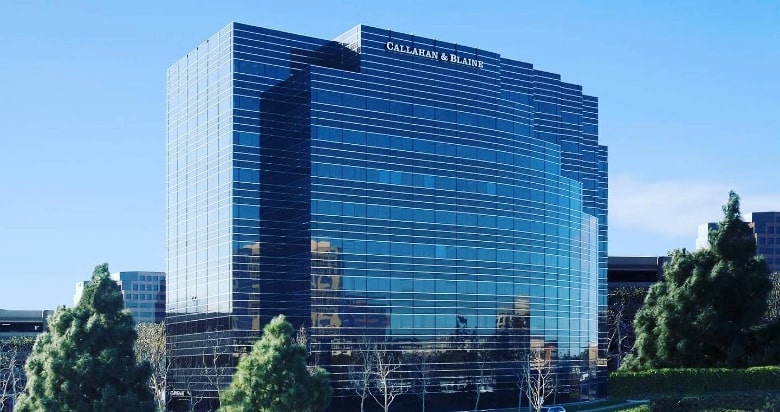Any negligence-based lawsuit will ultimately need to answer questions of actual and proximate causation among the parties involved, including whether the plaintiff was also negligent in some way. When there are multiple defendants, such as in a multi-vehicle car accident, their respective share of fault must also be allocated. How this is done brings up the issue of comparative fault. Read on to learn more and if you have any questions, speak with a qualified Irvine car accident lawyer.
States, including California, have developed doctrines to resolve the question of how to fairly distribute blame for negligence. The old, common-law doctrine of contributory negligence – under which if a plaintiff shared even one percent of the blame that served as a complete bar to any recovery – has over time given way in almost every state to a more moderate form of comparative negligence.
Comparative negligence exists in different forms, but its essence is that all parties should be liable for no more than their actual percentage of fault. Comparative negligence thus also tends to do away with other old common law concepts, most importantly joint and several liability, under which a plaintiff could recover all damages in an award from any, all or even just one defendant regardless of their relative degrees of blame.
California adopted the comparative negligence standard in 1975 when the state supreme court chose not to wait for the state legislature to act and changed the standard on its own. The court chose the “pure” standard of comparative negligence, meaning that even if the plaintiff is mostly at fault that will not preclude an award of reduced damages (in several other states if the plaintiff is 50 percent or more to blame for his or her injury, that will still serve as a bar to any recovery just like the old common law contributory negligence doctrine).
Likewise, when the California Supreme Court adopted pure comparative fault it also did away with joint and several liability, assumption of risk, and “last clear chance”.
Today if you are injured in a car accident in California due to the negligence of someone else, you may be entitled to recovery of money damages in connection with your injuries and property damage or loss, even if the defendant or defendants claim that you were at least partly or even mostly at fault for what happened.

